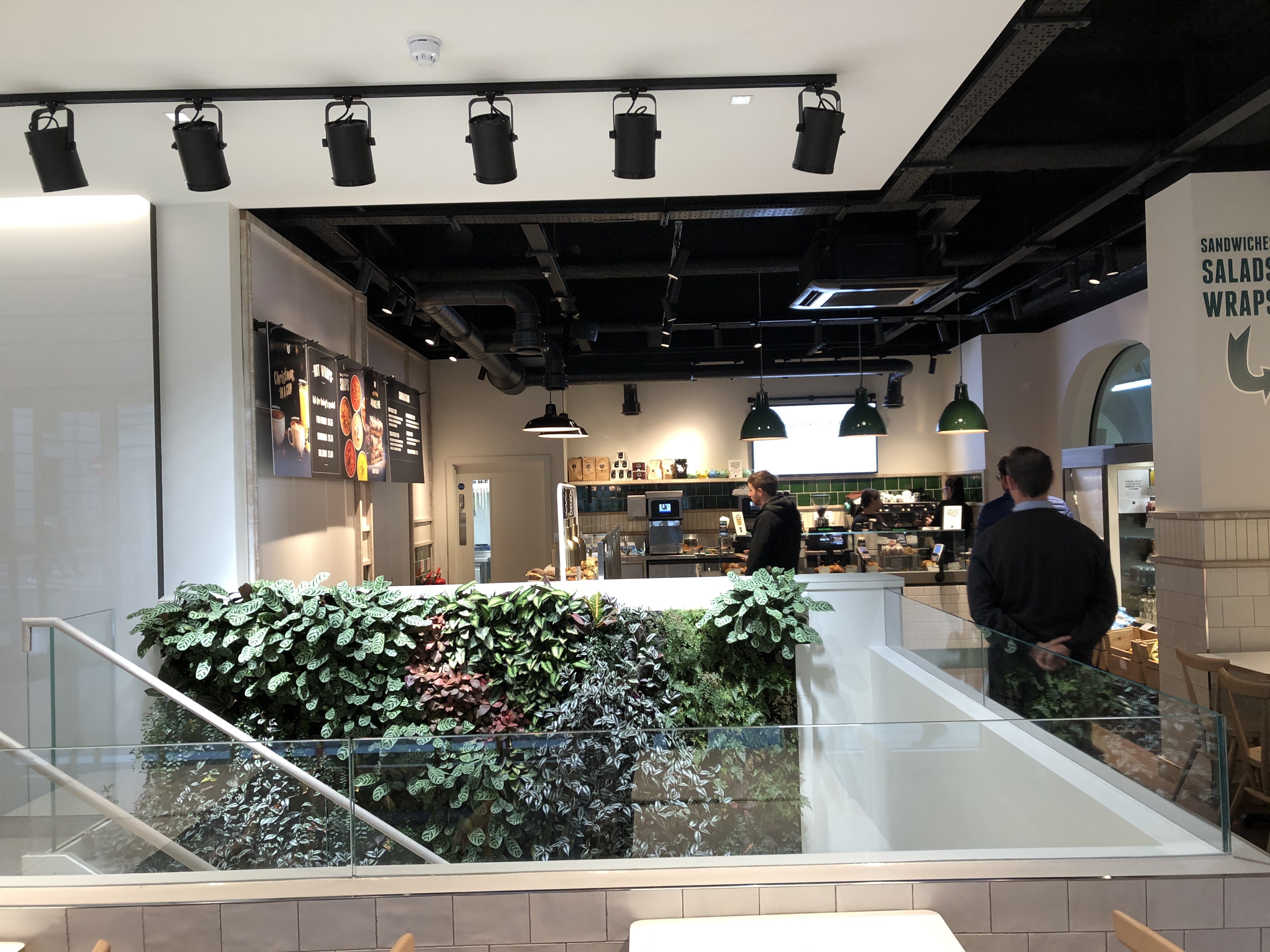As The London Spy I haven’t actually blogged about Spies and Spying very much, so here are two stories in one, both in the same street – Moorgate.
I have to thank the great book “A Spy’s London” by Roy Berkerley for the details here about the first item at 49 Moorgate.
49 Moorgate
Nowadays a pleasant office building with a cafe in the ground floor.

In the 1920s however this was the HQ of ARCOS – nominally the “Anglo Russian Cooperative Society”, but really the UK HQ for Soviet activities.
In 1921 a Anglo Soviet trade deal was agreed, and in advance of an official embassy, the Russian government invested a very large sum in purchasing this office in Moorgate, which was their London base until an embassy was approved.
The UK secret services had long suspected it of scurrilous activity, and finally they decided to act -50 plains clothes detectives were joined by uniformed policemen for the operation.
The office staff – mostly GRU officers – ran to the basement to seal a huge steel door and others started burning paperwork wherever they could.
When the vault was eventually breached the next day they found creates of rifles and two truckloads – 250,000 pages – of documents sent to Scotland Yard.
What happened next was a blunder of elephantine proportions.
The papers revealed a list of communist agents across the world, however much of the most sensitive information was not found because the Russians had expected a raid in advance, possibly tipped off by the agent Guy Liddell, and had moved the most secret documents back to Russia.
Stanley Baldwin, referring to the raid in Parliament, unwittingly revealed to the Soviets that the UK government had cracked Moscow’s codes which they had been reading for a decade, by reading out secrets from the encrypted documents to justify to the Labour Party who had questioned the raid.
This tipped the Russians off and they switched immediately to unbreakable one time pads which lost the UK a massive edge on Russian secret activity.
Electra House

This is now the London Metropolitan University, but in the 1920s it had a secret function.
Built in 1902, in the 1920s it had been made adminstrative HQ of the Cable and Wireless company that controlled vast swathes of the world’s telecoms networks – almost half of the global telecoms cabling belonged to it.
All London Embassy telephone traffic was secretly routed to this building from the Central Telegraph Exchange in Moorgate as part of the Official Secrets act regulations.
So from the time when the Russian Embassy was eventually built, in the same street as the predecessor was operating illegally, the British Government continued to listen in secretly to the calls made to and from it, how ironic!




